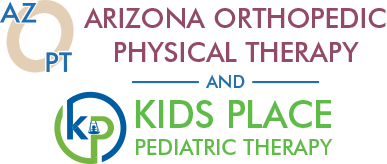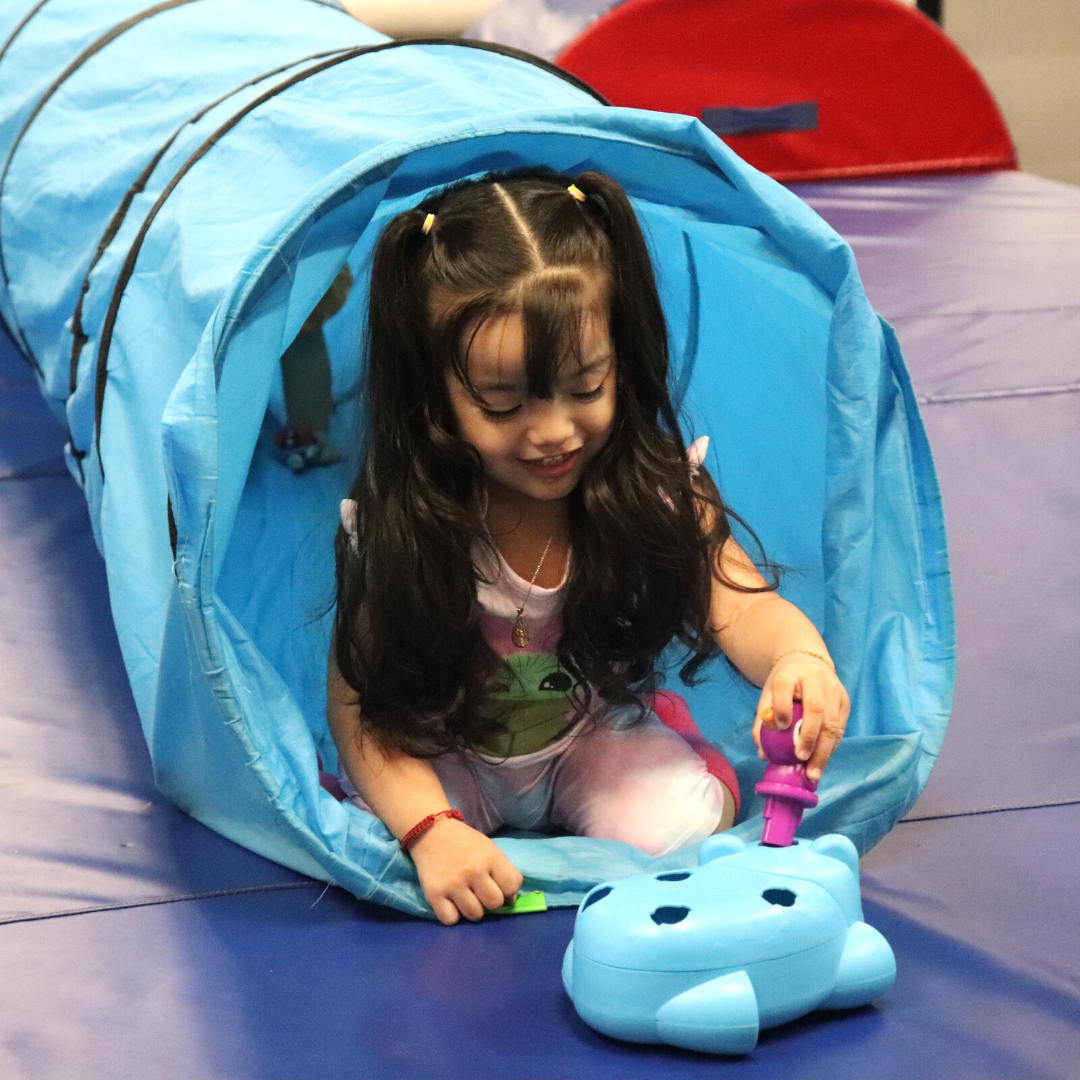What is Pediatric Occupational Therapy?
Pediatric Occupational Therapy (OT) is a specialty designed to help individuals with developmental, physical, and cognitive delays. Occupational Therapists help children develop, recover, or maintain skills needed to perform their everyday activities (occupations). A child’s occupation is to play, dress, groom, bath, and perform school work. We focus on improving function and independence for children and their families!
How can OT help my child ?
OT can help support a child’s ability to complete these “occupations” which may include challenges with:
- fine motor skills
- visual motor integration
- sensory processing
- emotional regulation
- general muscle weakness.
Who Can Benefit from Pediatric Occupational Therapy?
Our pediatric OT services are designed to support children with a variety of needs, including:
- Developmental Delays: Assisting children who may not be reaching expected developmental milestones.
- Sensory Processing Disorders: Helping children who have difficulty responding to sensory information in a typical way.
- Autism Spectrum Disorder: Supporting children in developing social skills, daily routines, and coping strategies.
- Learning Disabilities: Enhancing the ability to perform school-related tasks.
- Physical Disabilities: Improving the ability to perform everyday tasks through adaptive techniques and tools.
Signs Your Child May Need Occupational Therapy
If your child is regularly unsuccessful in completing age appropriate tasks, OT may be helpful. Some common warning signs may include, but are not limited to:
- Delays in developing motor skills such as sitting up, rolling, crawling, and walking
- Poor tolerance to grooming activities (brushing teeth/hair, bathing, nail cutting, haircutting, etc.)
- Excessive or no reaction to sensory input (seeing, hearing, feeling, moving, tasting, etc.)
- Walking on toes more than 50% of the time
- Poor functional play with toys
- Difficulty with transitions or following directed tasks
- Poor coordination or body awareness when navigating their environment
- Poor eye-hand coordination
- Difficulties with balance
- Difficulties with depth perception
- Difficulty with crossing the midline of the body or bringing hands together
- Aggressive or impulsive behaviors
- Poor handwriting and reversals of letters and numbers
What to Expect During Occupational Therapy Sessions
Our occupational therapists begin by evaluating your child’s specific needs through clinical observation and standardized assessments. Based on this evaluation, a personalized treatment plan is developed, which may include:
- Therapeutic Activities: Engaging exercises designed to improve fine motor skills, hand-eye coordination, and strength.
- Sensory Integration Techniques: Activities that help your child process and respond to sensory input more effectively.
- Adaptive Equipment: Recommendations for tools and devices that can help your child perform tasks more easily.
- Parent and Caregiver Training: Education and strategies to support your child’s progress at home.
Speak to your doctor about concerns and ask if an occupational therapy evaluation is your best option. After receiving a referral from the doctor, an initial assessment can be set up at Kids Place. Our pediatric Occupational Therapists are dedicated to helping children develop the skills needed for participating at home, school, or in the community. We look forward to working with you!







